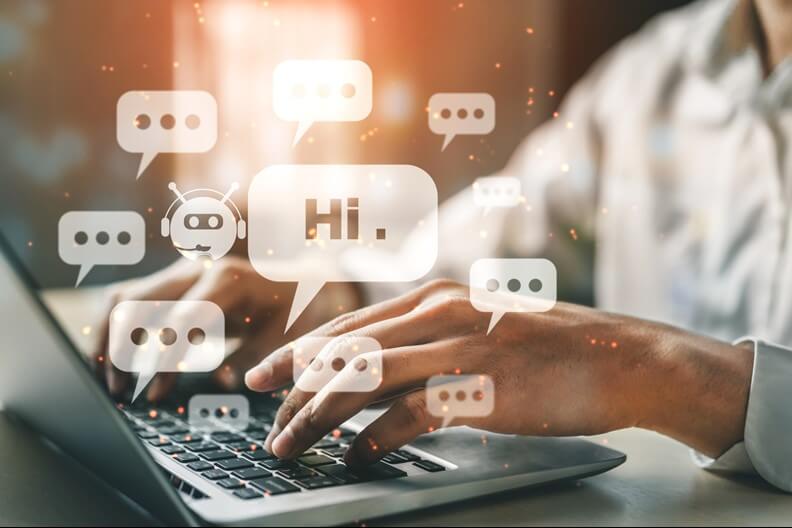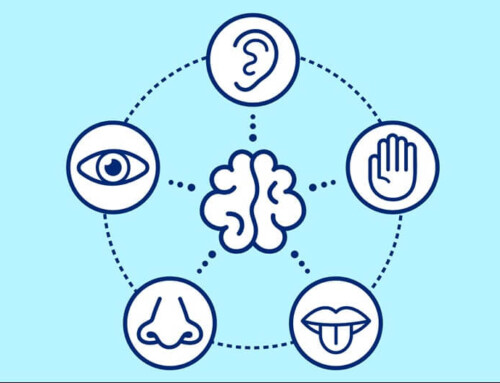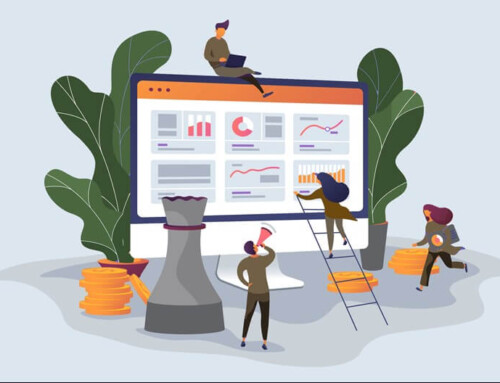Chances are good that you interact with some form of artificial intelligence (AI) in your daily life. Examples of commonly used AI include:
- Chatbots that fulfill basic customer service-related tasks. (1)
- Autocorrect that, in theory, corrects misspellings on smartphones. (1)
- Text editors that identify and correct misspellings and grammar mistakes on pieces of content. (1)
- Map and GPS apps that provide directions to the user’s destination when they drive. (1)
- Recommendations that align with the user’s online search history. (1)
- Social media apps that suggest new contacts, monitor content for posts that violate terms and conditions, and populate ads based on the user’s perceived interests and needs. (1)
- Digital assistants (e.g., Siri, Amazon Alexa) that follow the instructions of their users to perform simple tasks. (1)
- Facial recognition software that allows the user to unlock their smartphone or sign into accounts without their log-in credentials. (1)
AI-driven technology does make life easier and more convenient in some ways. However, it can also have a negative effect on the human-to-human interaction between people – both in their personal lives and at work. This effect is intensified when colleagues communicate in a virtual setting, whether that means working remotely, meeting virtually, or both.
So, what does social interaction look like in an increasingly AI-infiltrated work setting?
BENEFITS AND DRAWBACKS OF AI USED IN THE WORKPLACE
Picking up the phone, let alone getting together in person, rarely happens in remote working environments. Instead, communication is carried out via instant messaging apps and emails. The former, while convenient, unfortunately, leaves room for misunderstandings, as it cannot adequately convey the tone of voice. It is far too easy for the recipient of a message meant in jest to take it seriously and get offended. It can also result in the recipient misunderstanding their co-worker’s directions on a project. Imagine one of your reports spending hours on a project, only to do it incorrectly. This wasted time, along with the time they spend fixing the errors, is detrimental to productivity and the goals your team needs to meet.
Boosted by a sharp spike in usage during the pandemic, virtual meeting apps are another form of AI commonly used by remote employees. Their most obvious benefit is allowing co-workers to meet regardless of where in the world they are located – as long as they have a stable Wi-Fi connection.
Many corporate meetings and company-wide working sessions once held onsite went virtual for a period of time, as well. While meeting virtually is better than not meeting at all, it has significant drawbacks that include:
- A negative impact on audience engagement. (2)
- An impersonal feel when asking questions and responding. (2)
- Active listening and participation during the event are virtually impossible to track accurately. (2)
- Technical difficulties that can disrupt the meeting if they arise. (2)
- Varying time zones for audiences that are dispersed across states or countries. (2)
- Fewer opportunities for networking and collaborating one-on-one or in small groups. (2)
POTENTIAL “SOCIAL SIDE EFFECTS” OF AI TECHNOLOGY IN A VIRTUAL WORK ENVIRONMENT
| Smart Response: A smart response is one that is triggered based on predicted or selected user behaviors. For example, someone may use a chatbot and select “support.” This may trigger options such as pre-sales support for a specific product, access to a self-help knowledge base, the ability to file a support ticket, or transferring to live chat with a support agent. Based on the selection, the user may have responses that are powered by AI (such as in the instance of self-help or filing a support ticket). However, users may also be directed elsewhere such as to human support with live agents that troubleshoot via AI-generated scripts for common issues, or handle issues ad hoc for more complex matters. |
While AI technology has become more advanced with each passing year, the bottom line is, that people are used to interacting with each other while sharing the same space. Not even the best technology can replace this deeply ingrained instinct. But how, exactly, does AI influence the way that colleagues interact with each other?
For one, the perceived use of AI through smart responses can result in the recipient viewing the sender as less cooperative, less affiliative, and more dominant. This perception can occur even if the sender is responding entirely on their own, without the assistance of AI technology. (3)
In addition, when a sender received unhelpful smart responses this injected more emotional content into conversations than smart responses that were considered helpful, or even no smart response at all. The use of smart replies, not just exposure to them, is what drove these changes in emotional language. (4)
When trust starts to erode between coworkers, and suspicion or resentment takes its place, it can harm their team, their department, and even the company as a whole. This is one of the reasons why organizations allocate some of their budget to team-building trips. It is ironic when you consider that remote employees might only get a few days of in-person interaction at these events before they return to their day-to-day reality of isolation from their colleagues.
Research conducted by the American Psychological Association revealed that employees who frequently engage with AI systems are more likely to experience loneliness. These feelings have the potential to cause insomnia among other issues. (5)
Employers have valid reasons to be concerned about their employees’ mental health that go beyond being a caring employer. Even if they only affect employees’ personal lives at first, negative emotions can also be detrimental to their team at work. This is not the case with all employees, of course, but there is a strong likelihood that their mental health could eventually affect the quality of their work and their professional relationships.
IS AI REALLY THE ENEMY?
The short answer is no, not if a healthy balance between human-to-human and human-to-machine is struck. Solutions to achieve this objective include choosing in-person corporate meetings and other events over their virtual counterparts and limiting AI to repetitive and monotonous tasks.
When these strategies are implemented, AI can become a valuable tool with its rightful place in the workplace, while simultaneously fostering and encouraging employee socialization.
For more information about planning an in-person corporate meeting that strengthens professional relationships, contact Gavel International to learn more about how outsourcing can help your organization achieve its goals.
_______________________
SOURCE(S):
1 https://www.iotforall.com/8-helpful-everyday-examples-of-artificial-intelligence
2 https://www.ncbi.nlm.nih.gov/pmc/articles/PMC9338835/
3 https://www.psypost.org/2023/05/study-uncovers-a-surprising-discrepancy-between-the-effects-of-perceived-vs-actual-use-of-ai-in-conversations-81817
4 https://www.wsj.com/articles/the-bosss-intelligence-might-be-artificial-d9361555#%205
5 https://www.wionews.com/science/this-is-how-working-with-ai-affects-employees-605740
This article was last updated on May 12, 2025
- Should Your Company Hire a Chief Metaverse Officer? - January 20, 2025
- Deepfakes Can Harm Your Company’s Reputation - December 30, 2024
- The Social Side Effects of Using Artificial Intelligence at Work - November 13, 2023






